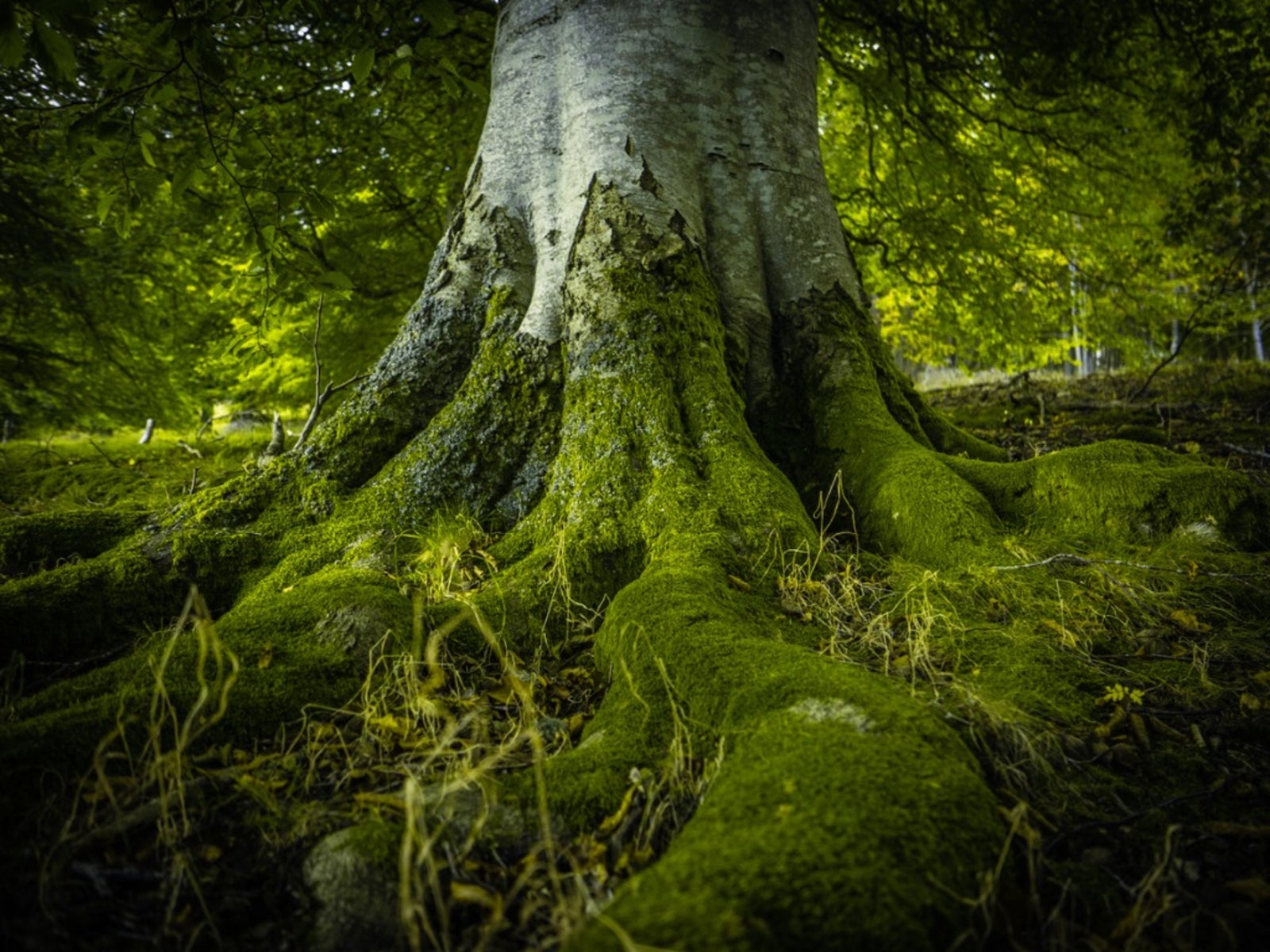How To Get Rid Of Moss On Plants


Moss does not have roots. It cannot take up water the way most other plants do and does not require soil to grow. Instead, moss most often grows on or adheres to other surfaces, such as rocks or tree bark. In some cases, it may even be found growing on rooftops or outdoor furniture. Stopping moss once it becomes a nuisance is sometimes necessary in order to prevent it from overtaking these objects or plants.
How to Prevent Moss
Getting rid of moss is simply a matter of prevention. One of the best ways to do this is to make your landscape unattractive to moss. There are several ways to accomplish this feat. First, decrease the amount of moisture content in the area. One way to do this is by increasing drainage patterns to direct moisture elsewhere. You should also try increasing the pH level in the soil. Adding lime or wood ashes will sweeten the soil, making it more alkaline. Moss dislikes this type of soil; thus, it will not be apt to grow on anything within that general area. Regular pruning can help prevent moss from growing on plants as well. It will also help increase the amount of light, which too, inhibits moss growth.
How to Get Rid of Moss: Physical Removal & Chemical Control
Physically removing moss is usually done in conjunction with chemical control. This helps increase the chances of success with eliminating moss, as killing moss may not prevent its re-emergence. While sulfate chemicals for killing moss are available, it's usually better for plants, as well as the environment, to use organically formulated sprays, if you must use them at all.
How to Stop Moss on Plants
Trees usually provide the ideal conditions for moss growth: shade, moisture, and limited airflow. This is especially true of deciduous trees and shrubs, as they have less acidic bark, making them more susceptible to moss growth. While the most common way to remove moss from trees and other plants is by physical removal, it doesn't prevent future growth. Therefore, you should continue to practice prevention methods once the moss has been removed. The best time to remove moss from plants is during their winter dormancy, as this lessens the risk of damage. Also, pruning may be required. This not only is good for getting rid of moss, but it will help eliminate moisture buildup, encourage additional light, and improve air circulation. You may want to consider spraying the affected plants with organic or copper-based fungicide as well. When it comes to stopping moss from growing on plants or other surfaces, knowing how to prevent moss growth is important. Once you rid the landscape of the ideal conditions for its growth, how to stop moss on plants and other structures should not become a problem.
Sign up for the Gardening Know How newsletter today and receive a free copy of our e-book "How to Grow Delicious Tomatoes".

Nikki Tilley has been gardening for nearly three decades. The former Senior Editor and Archivist of Gardening Know How, Nikki has also authored six gardening books.